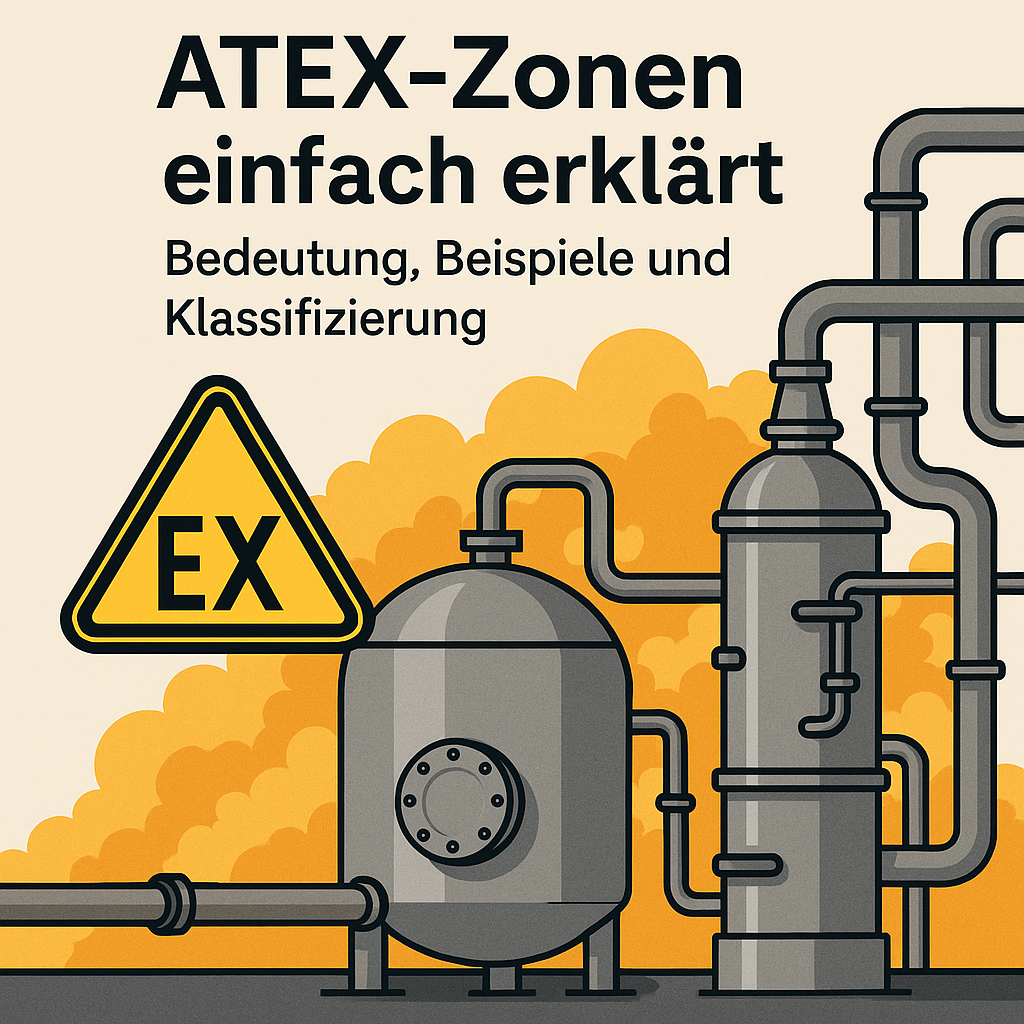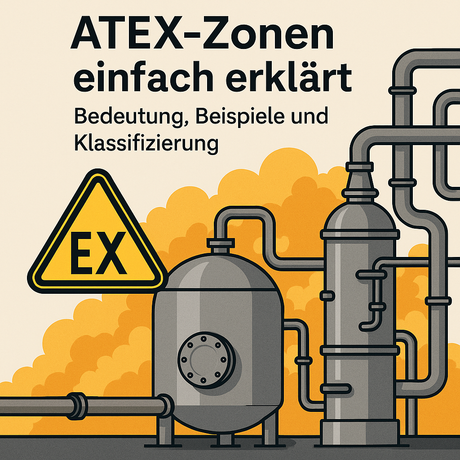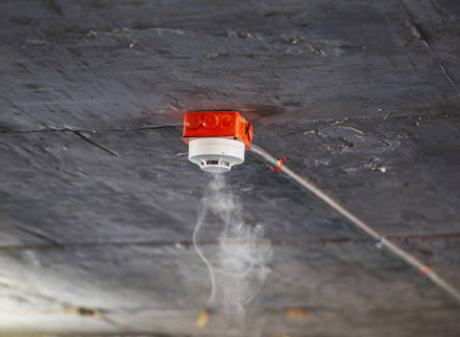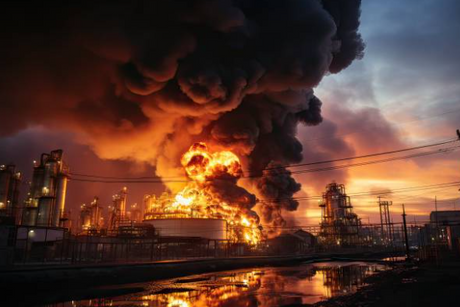- What is an ATEX zone?
- What does explosive atmosphere mean?
- How are ATEX zones classified?
- What is the ATEX zone 0?
- What is the ATEX zone 1?
- What is the ATEX zone 2?
- How are ATEX zones used in practice?
- Which devices can be used in ATEX zones?
- How is the zone division?
What is an ATEX zone?
One ATEX zone is an area in which an explosive atmosphere can occur. These zones are divided according to the frequency and duration of the occurrence of such atmospheres and are the basis for explosion protection in industrial plants.
What does explosive atmosphere mean?
One explosive atmosphere If combustible gases, vapors, fog or dust mix with air and thus form an explosive mixture. The risk of an explosion depends on how often and how long such mixtures are available.
How are ATEX zones classified?
The ATEX zones are differentiated according to the probability and duration of the occurrence of an explosive atmosphere-both for gases/vapors and for dusts. The most important zones for gases and vapors are:
|
Zone |
Description |
|
Zone 0 |
Exposable atmosphere is constantly, frequently or over long periods of time |
|
Zone 1 |
Explosive atmosphere occasionally occurs in normal operation |
|
Zone 2 |
Explosive atmosphere rarely occurs in normal operation and then only briefly |
For dusts, zones 20, 21 and 22 apply, which are defined analogously to the gas zones.

What is the ATEX zone 0?
ATEX zone 0 is an area in which explosive atmosphere as a mixture of air and combustible gases, steam or fog is constantly, over long periods of time or frequently. Typical examples are the interior of tanks, reactors or pipelines in which permanently combustible fabrics are available.
What is the ATEX zone 1?
ATEX Zone 1 is an area in which an explosive atmosphere can occasionally form during normal operation. Examples are areas around filling openings, pumps or ventilation, where vapors can escape when filling or emptying systems.
What is the ATEX zone 2?
ATEX Zone 2 is an area in which explosive atmosphere in normal operation usually does not or only appear for a short time. This zone includes z. B. areas around tanks or pipes in which a dangerous atmosphere can only arise in the event of disorders or rare events.
How are ATEX zones used in practice?
The division into ATEX zones takes place after a risk analysis by the operator of the system. It is the basis for the selection of suitable equipment and protective measures. The zone division must be documented and checked regularly.
Which devices can be used in ATEX zones?
Only specifically ATEX-certified devices may be used in explosive areas. The device category depends on the respective zone devices in category 1 are approved for zone 0, category 2 for zone 1 and category 3 for zone 2.
How is the zone division?
The zoning requires specialist knowledge and is carried out on the basis of the actual operating conditions and the substances used. It is based on European guidelines (ATEX 99/92/EC) and national regulations (e.g. TRGS 722 in Germany).
Examples of ATEX zones
- Zone 0: Interior of a petrol tank, reactor vessel with flammable gases
- Zone 1: Area around tank openings, pumps with combustible liquids
- Zone 2: Surroundings of tanks in which only leaks can escape vapors
The ATEX zones are crucial for explosion protection in industry and business. They help to minimize the risk of explosions and to ensure the safety of employees and facilities. The correct classification and selection of the equipment is essential.
🛡️ Tip: Always have the zone division carried out by specialist staff to ensure maximum security!






